A human-centered design consultancy that collaborates with clients & users to be more focused, adaptive & competitive.
Opportunity

Military Global Information Grid
Three types of intelligence in the GIG from a strategic, operational and tactical level were identified that would help iARM work and link the brigade Tactical Operations Center (TOC) with individual deployed squads.
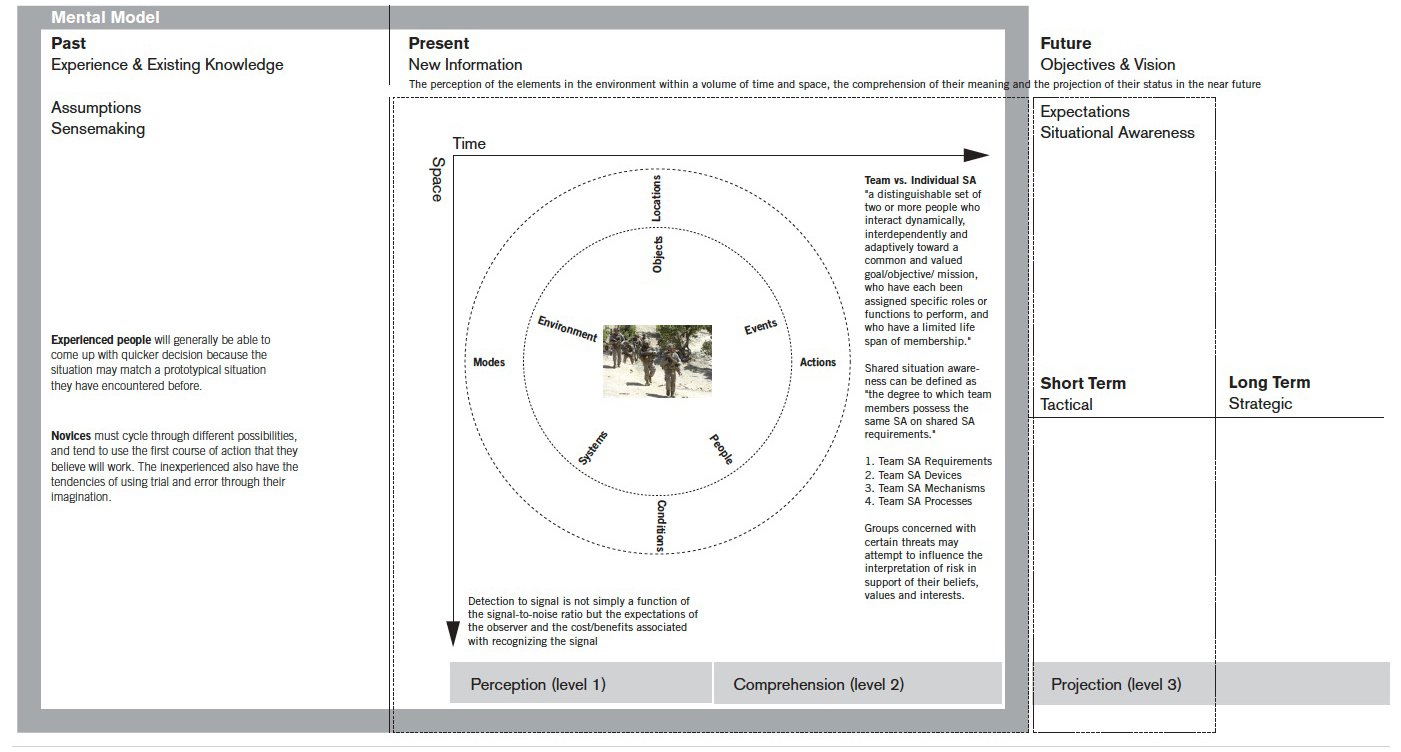
Situational Awareness
The US Military believes that situational awareness can help expedite decision making and team alignment. This diagram shows the ingredients of what makes up this model.
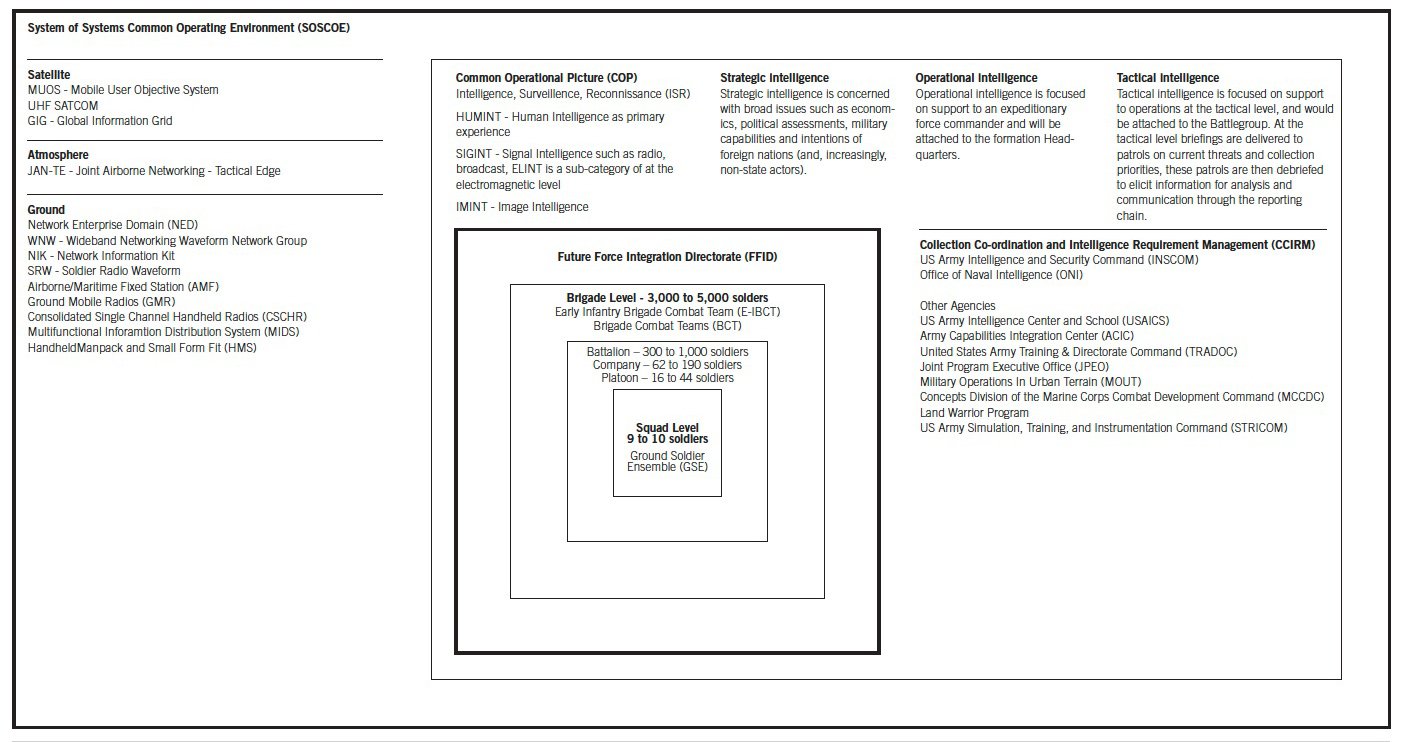
Structure of US Military
My team had to understand the changing structure of the US Military and the Systems of Common Operating Environments that affect the flow of different intelligence content to develop a Common Operating Picture.
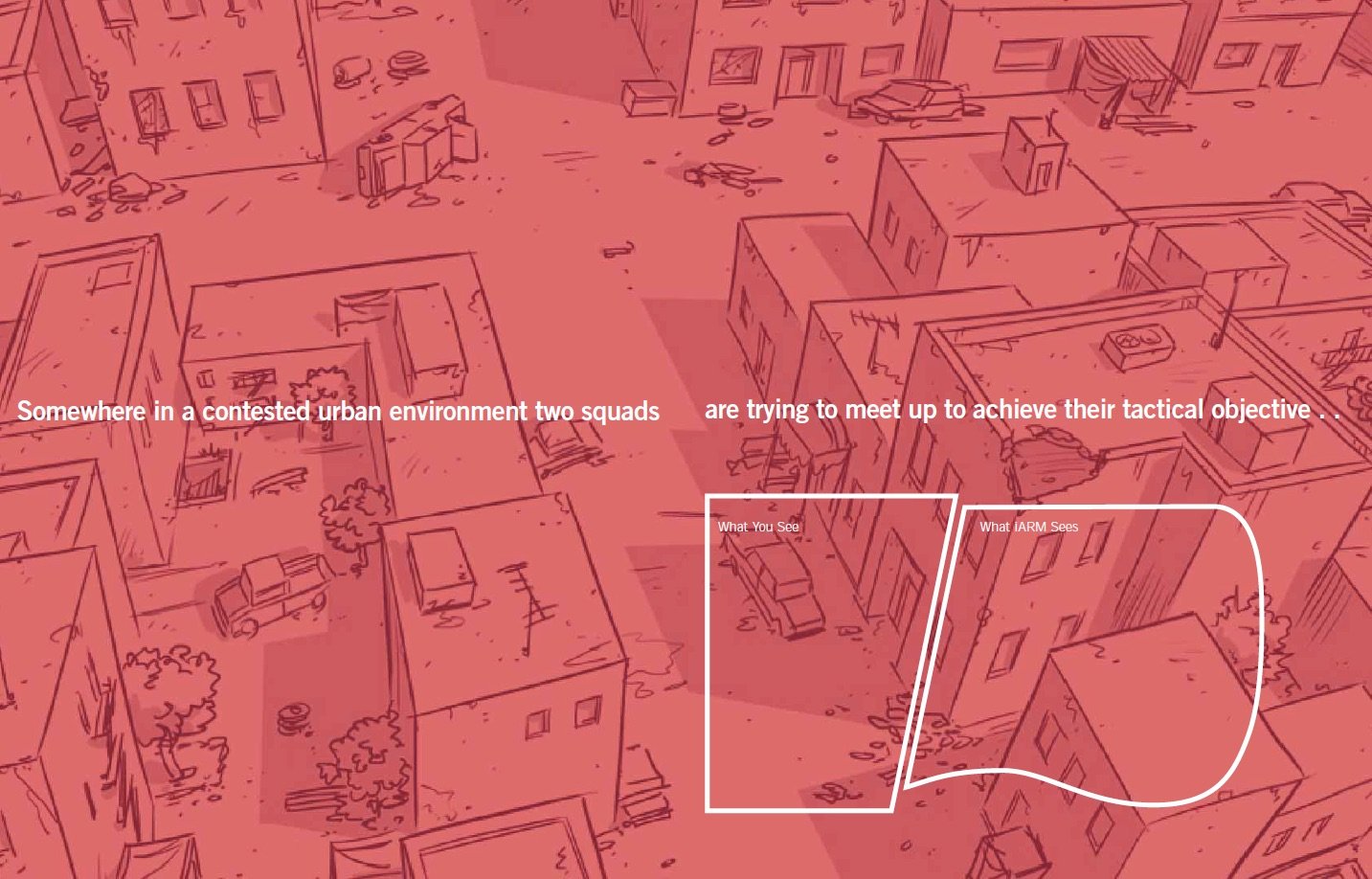
What you see and iARM sees
We created a comic book of the day in the life of a squad and used these two shapes to differentiate what an observer could see, and what iARM sees.
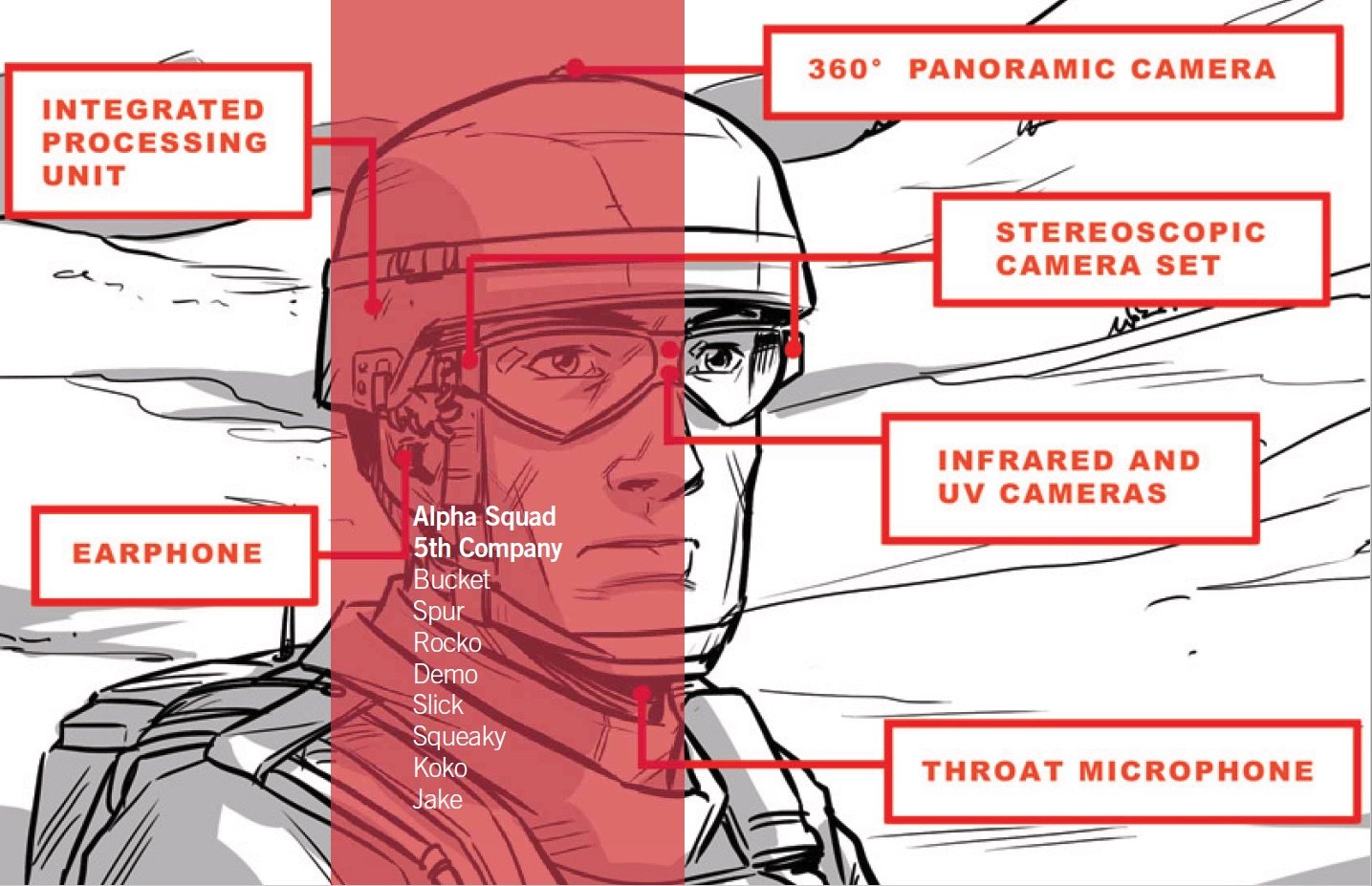
iARM Components
We used off the shelf cameras, and audio sources for redundancy to allow for the richest sharing of field content between squad members and between the squad and brigade leadership thousands of miles away.
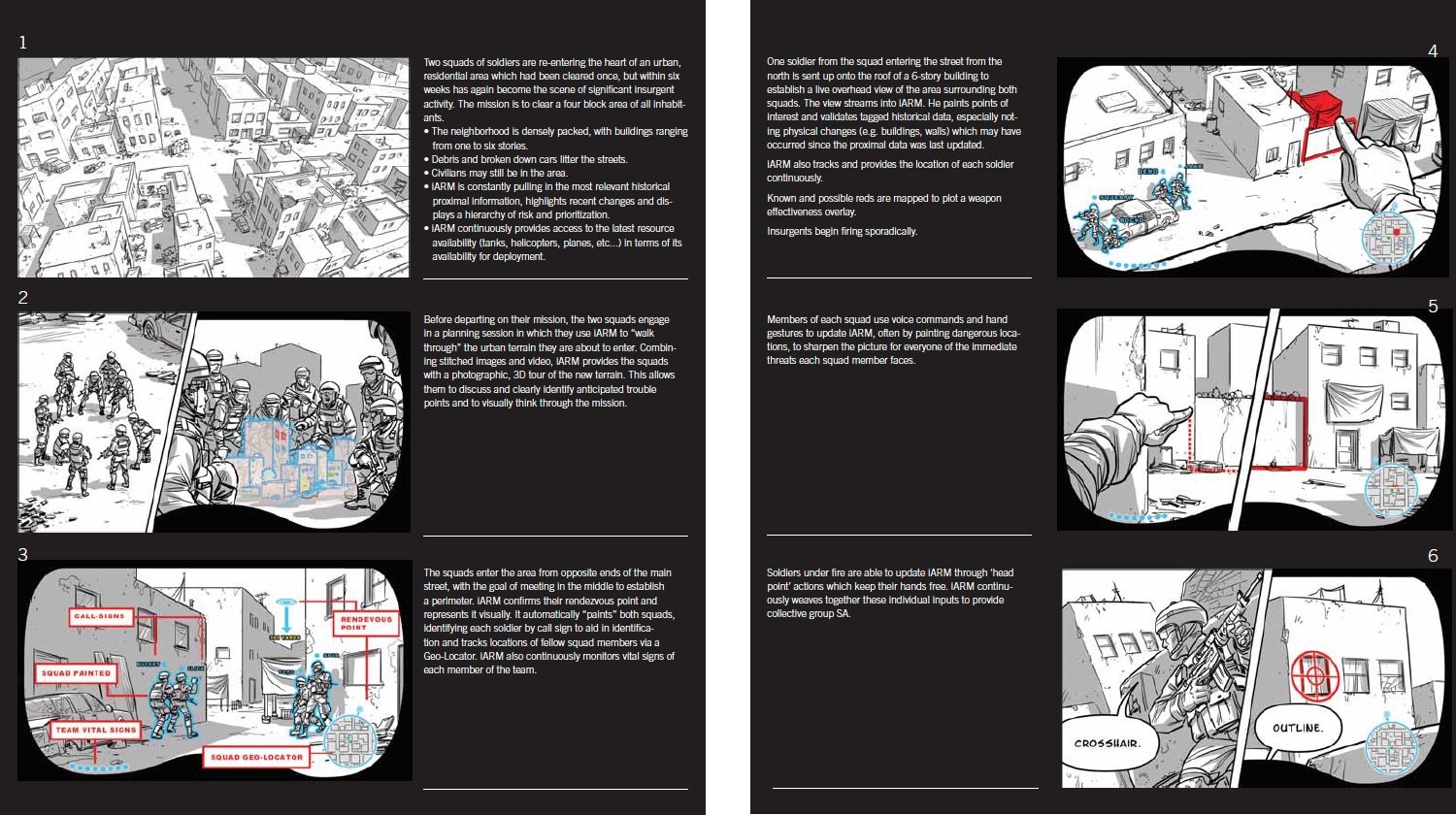
iARM in Action
This comic book overview tells the story of Alpha Squad taking their objective using iARM and demonstrating its field capabilities.

Annotations
We then separated the detailed technical foundation for iARM and which situational awareness principles iARM was supporting.
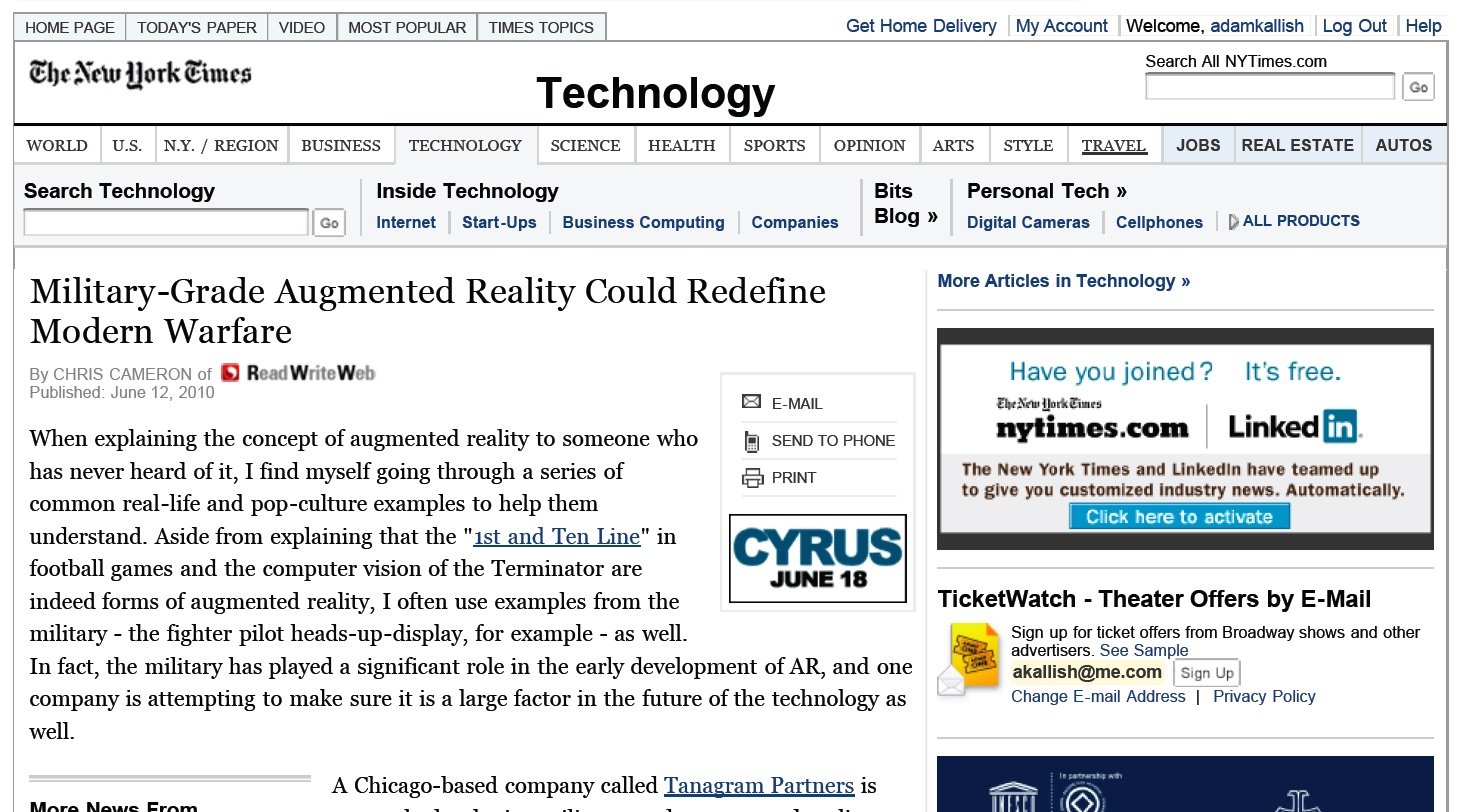
New York Times Article
We were interviewed by the New York Times about iARM and it gave Tanagram Partners good national press, which then helped us adapt it for fire fighters.








Methods & Practices
Past DARPA proposals were reviewed that researched situational awareness, or the ability to use past experience in the present in order to make informed future decisions, and augmented reality technologies. How the military made decisions at the brigade level as well as how they were restructuring organizationally to reduce the number of layers of decision making and the day in the life of the smallest military unit : the squad level were also explored for any system to address the needs of all stakeholders.
Several combat scenarios were identified where augmented reality technologies through glasses, cameras and speakers could coordinate together through a supporting operating system that would connect with the Department of Defense’s Global Information Grid to support documented scenarios and the tenants of situational awareness. It would support the projection of maps, voice activated and gestural painting of objects in a landscape, the ability to identify other squad members without visual confirmation, and allow real time communication and collaboration with the Tactical Operation Center (TOC) at the Brigade Level.
To quickly understand the value of iARM a story driven comic book format was used that was visual and diagrammatic with few words. This was paired with an appendix which took each frame and described specific situational awareness principles and iARM technologies to support it.
Impact & Outcome
